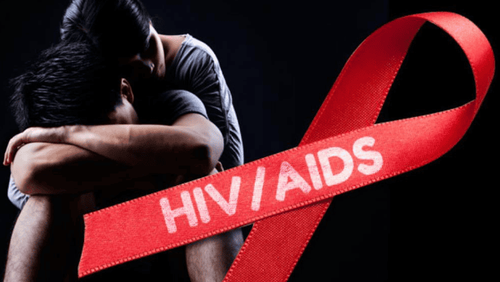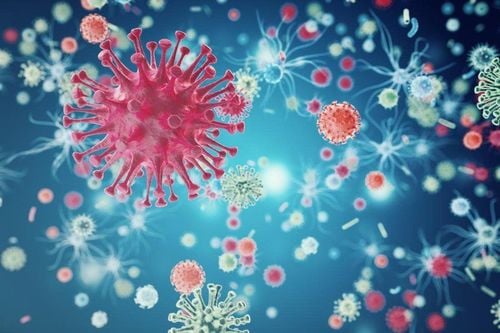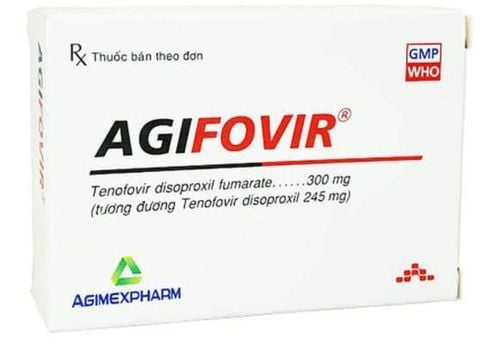This is an automatically translated article.
The article was professionally consulted by Dr. Le Thi Hong Anh - Pediatrician - Department of Pediatrics - Neonatology, Vinmec Central Park International General Hospital.
HIV disease in children, especially high-risk children, who live in families with people living with HIV, or are children of drug users, sex workers, and sex workers should be diagnosed and screened. HIV. Diagnosis of HIV infection in children will help in early detection and effective treatment of HIV disease in children.
1. Purpose of HIV diagnosis in high-risk children
Diagnosis of HIV infection in high-risk children by gene amplification testing - PCR will help detect HIV DNA and allow detection of HIV-infected children in infancy. Early diagnosis will help to promptly treat HIV in children and significantly reduce mortality, while reducing the cost of treating opportunistic infections. Early treatment of HIV in children will also reduce the amount of virus and minimize the infection to other children in the community.2. Subjects needing screening for HIV infection in high-risk children
HIV-exposed children under 18 months of age (children born to HIV-infected mothers and living in families with HIV-infected persons). Children under 18 months of age with suspected HIV infection or with clinical symptoms of HIV infection and a positive anti-HIV antibody test (children born to HIV-infected mothers and living in a family with HIV-infected persons). Children over 18 months old who use drugs or are children of sex buyers and sellers, children of drug users or living in families with people living with HIV.
3. How is HIV infection diagnosed in high-risk children?
3.1. Diagnosis of HIV infection in children under 18 months of age HIV-exposed children under 9 months of age are indicated for PCR testing to detect HIV nucleic acid (RNA/DNA) as soon as the child is 4-6 weeks old or within the first and earliest visit at an HIV care and treatment facility, because HIV can be detected as early as 4-6 weeks of age. Children from 9 to under 18 months of age are assigned to have an anti-HIV antibody test first, if the result is positive, a PCR test is indicated to confirm the diagnosis of HIV infection in children under 18 months of age. If the first PCR test result is negative: The baby is not breastfed or has stopped breastfeeding completely 6 weeks before the PCR test, the baby is most likely not HIV infected, need to continue monitoring and testing for antibodies HIV resistance for children at 12-18 months of age. If the child is less than 18 months old and has a positive antibody test result, the child should be tested again when the child is 18 months old to diagnose HIV infection in children. Children who are breastfed or have stopped breastfeeding for less than 6 weeks, the child is more likely to be HIV-free but still at risk of HIV transmission through breast milk, therefore, it is necessary to continue monitoring and re-testing after the child is weaned. exclusive breast milk 6 weeks before the PCR test. Positive first PCR test result: take a second blood sample to confirm the diagnosis of HIV infection in children and the need for immediate ARV treatment for the child; at the same time, test HIV for the child's parents if they do not know their HIV status. The second positive PCR test result confirms the child's HIV status and continues on ARV treatment. The first positive and negative PCR test results for the first time do not confirm HIV status for the child, continue to monitor the child and may need a third PCR test to confirm the diagnosis of HIV infection in the child. . The first and second PCR results were positive, and the child was diagnosed with HIV infection. There is no need to test for anti-HIV antibodies when the child is 18 months old. Implement long-term continuous ART.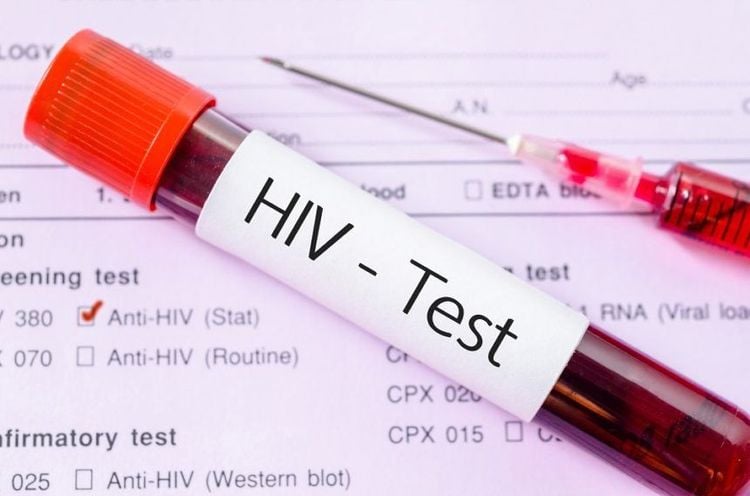
Asymptomatic Persistent systemic lymphadenopathy Clinical stage 2:
Unexplained persistent hepatosplenomegaly Respiratory tract infection chronic or recurrent upper respiratory tract infection (otitis media, otitis externa, sinusitis, tonsillitis) Shingles, widespread viral infection of warts Diagnosis of HIV infection in children is based on gingival erythema and ulceration. recurrent oral papular rash, onychomycosis Widespread molluscum contagiosum, diffuse mottled dermatitis Persistent parotid swelling of unknown cause Clinical stage 3:
Undernutrition of unknown cause, unresponsive suitable for standard treatment Persistent diarrhea (14 days or more) of unknown cause Diagnosis of HIV infection in children is based on a fever (above 37.5°C, continuous or intermittent) that persists over 1 month with unknown cause Persistent oral candidiasis (after the first 6 weeks) Oral hairy leukoplakia Lymph node tuberculosis, pulmonary tuberculosis, recurrent severe bacterial pneumonia Inflammation gingivitis or acute necrotizing ulcerative periodontitis Diagnosis of HIV infection in children is based on anemia (<8 g/dl), neutropenia (<0.5 x 109/l) or chronic thrombocytopenia (<50 x 109/l) of unknown cause Symptomatic lymphoid interstitial pneumonia HIV-associated chronic lung disease, including bronchiectasis Clinical stage 4:
Emaciated, stunted or impaired unexplained severe malnutrition and inadequate response to usual standard therapy Pneumocystis jiroveci pneumonia (PCP) Diagnosis of HIV infection in children is based on the presence of recurrent severe infections (eg, empyema) , pyomyositis, osteomyelitis, or meningitis but excluding pneumonia) Chronic herpes infection (chronic herpes simplex infection of the lips or skin or anywhere else) lasting more than 1 month Fungal infection esophageal candidiasis (or tracheal, bronchial, or pulmonary candidiasis) Diagnosis of HIV infection in children is based on presentation of extrapulmonary tuberculosis; Kaposi sarcoma Cytomegalovirus infection (retinitis or visceral cytomegalovirus infection with onset after 1 month of age) CNS toxoplasmosis (after infancy) HIV encephalopathy Extrapulmonary cryptococcal infection, including meningitis Disseminated non-tuberculous mycobacterial infection Progressive multifocal leukoencephalopathy Chronic cryptosporidium infection (with chronic diarrhea Isosporiasis Diagnosis of HIV infection in children is based on presentation of disseminated fungal infection (extrapulmonary histoplasmosis), coccidioidomycosis, penicilliosis) Lymphoma (cerebral or B-cell non-Hodgkin's) Kidney disease or HIV-associated cardiomyopathy
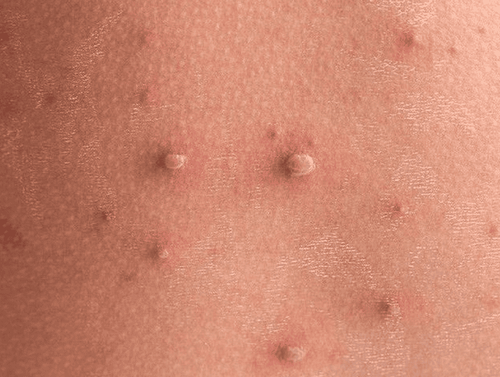
As a key area of Vinmec Health system, Pediatrics Department always brings satisfaction to customers and is highly appreciated by industry experts with:
Gathering a team of top doctors and nurses in Pediatrics : consists of leading experts with high professional qualifications (professors, associate professors, doctorates, masters), experienced, worked at major hospitals such as Bach Mai, 108.. Doctors All doctors are well-trained, professional, conscientious, knowledgeable about young psychology. In addition to domestic pediatric specialists, the Department of Pediatrics also has the participation of foreign experts (Japan, Singapore, Australia, USA) who are always pioneers in applying the latest and most effective treatment regimens. . Comprehensive services: In the field of Pediatrics, Vinmec provides a series of continuous medical examination and treatment services from Newborn to Pediatric and Vaccine,... according to international standards to help parents take care of their baby's health from birth to childhood. from birth to adulthood Specialized techniques: Vinmec has successfully deployed many specialized techniques to make the treatment of difficult diseases in Pediatrics more effective: neurosurgery - skull surgery, stem cell transplantation. blood in cancer treatment. Professional care: In addition to understanding children's psychology, Vinmec also pays special attention to the children's play space, helping them to have fun and get used to the hospital's environment, cooperate in treatment, improve the efficiency of medical treatment.
Please dial HOTLINE for more information or register for an appointment HERE. Download MyVinmec app to make appointments faster and to manage your bookings easily.







